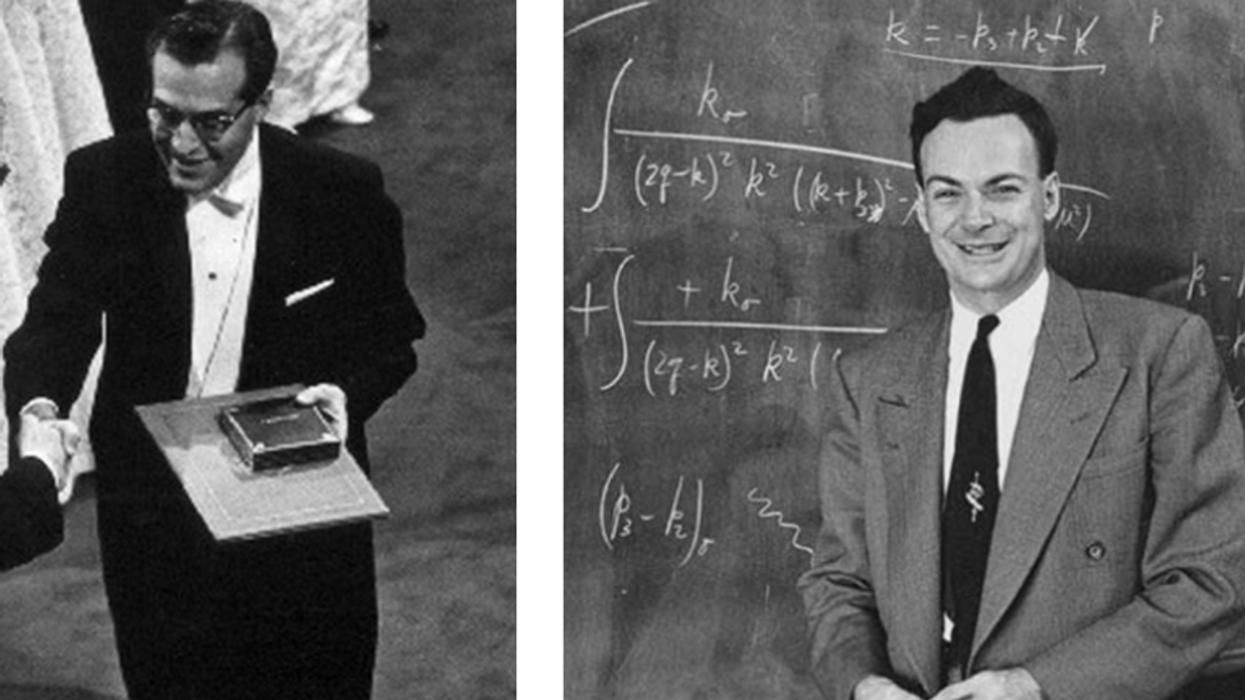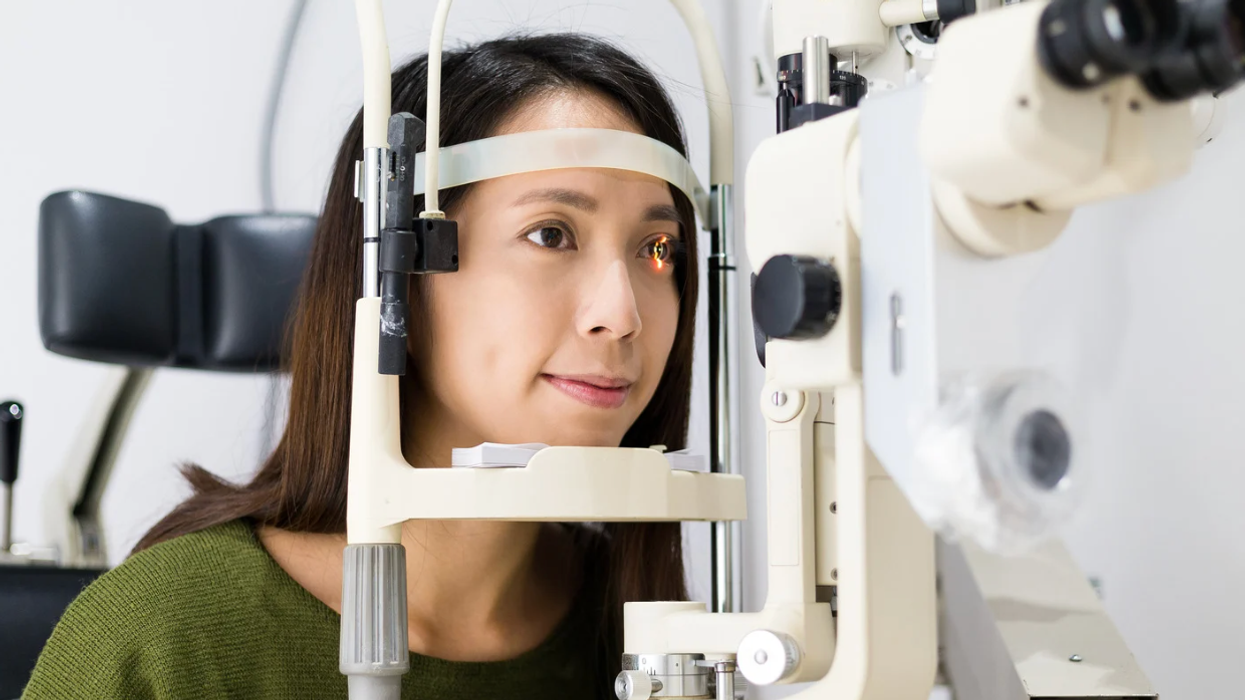The most common STIs are spreading all too quickly among teenagers and 20-somethings. Yet, it’s entirely preventable. There are plenty of reasons for the rampant spread — a lack of education and resources, for starters. Public health awareness still has a long way to go. And it doesn’t help that the communities that need health awareness the most are often also the areas that don’t get enough education funding or that oppose sex education.
In 2016, the three most common STIs (chlamydia, gonorrhea, and syphilis) reached record highs for the third straight year, according to the CDC. There were 1.59 million cases of chlamydia, a 4.7% increase from the record numbers in 2015. 63% of those cases were found in young adults ages 15 to 24, as were more than 50% of the gonorrhea cases. The fact that plenty of young adults are not getting tested isn’t helping. The U.S. Preventative Services Task Force recommends full STD testing for women ages 15 to 24, but only half that population are screened according to the appropriate guidelines.
Enter an unlikely advocate for STI prevention: artificial intelligence. A new AI tool called HEALER (a “hierarchical ensembling-based agent that plans for effective reduction in HIV spread) is using an algorithm to provide a unique solution. Essentially, this AI is helping spread information by targeting health-oriented community influencers. The goal is to increase public health awareness, and it seems like this artificial intelligence agent is having better luck than control groups disseminating similar information. (Looks like control groups could become obsolete sooner than we think.)
There’s a pilot program in Los Angeles that’s currently trying HEALER on for size. The HIV prevention program is primarily targeting Los Angeles’ homeless youth. HEALER is able to identify influencers within the group to spread awareness. Essentially, HEALER uses AI to start a word-of-mouth domino effect. If the influencer understands more about the spread of STIs, then the influencer can tell 10 people, who can tell another 10 people, and so on.
In this most recent pilot program, HEALER got information out to 70% of homeless youths identified by the program. A control group conducted in a similar span of time was able to get the same amount of information out to only 25% of that audience.
This Los Angeles pilot program is only the beginning. HEALER hopes to launch on a global scale, allowing this AI to keep effecting social change and promoting public health awareness worldwide.




















 Ladder leads out of darkness.Photo credit
Ladder leads out of darkness.Photo credit  Woman's reflection in shadow.Photo credit
Woman's reflection in shadow.Photo credit  Young woman frazzled.Photo credit
Young woman frazzled.Photo credit 

